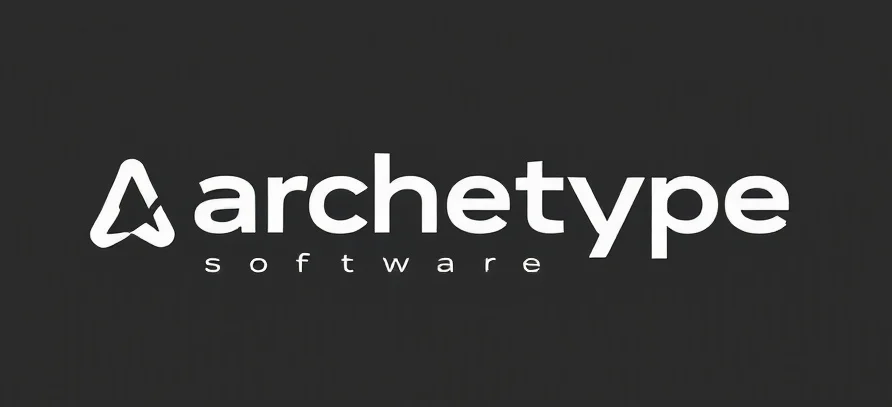The Ebay Shopping Cart: Not Just Your Ordinary Cart
Let’s dive into the world of ecommerce, where the humble shopping cart has evolved into something far more sophisticated than its name implies. The ebay shopping cart has undergone a transformation, becoming a crucial component in the digital shopping experience. Yet, as we explore this evolution, it becomes clear that it’s not just about adding items and checking out. There’s a technological ballet happening behind the scenes, orchestrating the dance between consumer desires and seamless transactions.
The Technological Symphony Behind the Cart
Picture a shopping cart as the conductor of an orchestra. Each item added is like a musician joining the ensemble, and the checkout process is the crescendo of the symphony. This analogy might seem whimsical, but it captures the essence of what a shopping cart represents in the digital ecosystem. At its core, it’s about orchestrating data, preferences, and inventory in real-time.
Advanced algorithms and AI play the role of the stage manager, ensuring that everything runs smoothly. From personalized recommendations to dynamic pricing adjustments, and even streamlining processes like generating an eBay invoice, the shopping cart has become a hub of technological activity. It’s no longer just a passive repository of items; it’s an active participant in the ecommerce experience, adapting to the shopper’s behavior and needs.
Personalization: The Secret Ingredient
In our quest for efficiency, we’ve sometimes overlooked the human element in shopping. But the modern shopping cart recognizes that each shopper is unique. By leveraging AI, ecommerce platforms can analyze browsing patterns, purchase history, and even abandoned cart data to tailor the shopping experience. It’s like having a personal shopping assistant that knows your tastes and preferences, without the pressure of a commission-driven salesperson.
This personalization doesn’t just enhance the user experience; it transforms it. Shoppers are more likely to engage with a platform that feels personal and intuitive, especially when it connects online convenience with options like locating an eBay store near me. It’s about creating a connection, turning a mundane transaction into a pleasant experience.
Practical Advice for Optimizing the eBay Shopping Cart
In the competitive world of e-commerce and shopping, optimizing the user experience within a shopping cart system like the eBay cart is essential. Below are some best practices and actionable tips for integrating AI, overcoming challenges, and creating a seamless checkout process:
1. Leverage AI for Personalization
- How it helps: AI can analyze browsing patterns, purchase history, and real-time user behavior to offer personalized product recommendations directly within the shopping cart. For example, suggesting complementary products based on what’s already in the cart.
- Challenge: Balancing AI recommendations with a clutter-free interface can be tricky.
- Solution: Implement machine learning algorithms that prioritize high-relevance suggestions and display them subtly to avoid overwhelming users.
2. Address Potential Challenges
- Problem: Abandoned carts due to lengthy checkout processes.
- Solution: Use predictive analytics to identify where users drop off and implement fixes, such as reducing form fields or offering guest checkout options.
- Key Tip: The eBay shopping cart integrates dynamic pricing strategies powered by AI. Ensure these updates are transparent and user-friendly to build trust.
3. Optimize the User Experience in the Checkout Process
- Checklist for Success:
- Enable a streamlined checkout by integrating secure, one-click payment options.
- Provide clear, upfront cost summaries, including taxes and shipping fees, to reduce surprise charges.
- Incorporate an intuitive design that highlights essential actions like “Proceed to Checkout.”
- Ensure compatibility with various devices, as mobile users account for a significant portion of e-commerce and shopping traffic.
- Use real-time error detection for form fields, such as highlighting incomplete or invalid information.
4. Test and Iterate
- Regularly evaluate your eBay cart functionality using customer feedback and A/B testing.
- Monitor key performance metrics, such as cart abandonment rates and average transaction times, to identify areas for improvement.
By implementing these strategies, businesses can turn the eBay shopping cart into a high-performing tool that drives sales and enhances customer satisfaction.
Actionable Strategies for the Tech-Savvy Entrepreneur
For those of us at the intersection of AI and ecommerce, the evolution of the shopping cart presents both opportunities and challenges. Here are some actionable recommendations to leverage this transformation:
- Integrate AI-Powered Analytics: Use AI to analyze customer data and predict future trends. This will not only optimize inventory but also enhance the personalization aspect of the shopping experience.
- Focus on User Experience: Ensure that your shopping cart is intuitive and responsive. Test different designs and functionalities to find what best suits your audience.
- Embrace Mobile Optimization: With a significant portion of shopping done on mobile devices, ensure that your shopping cart is fully optimized for mobile users.
- Leverage Dynamic Pricing: Use AI to adjust prices in real-time based on demand, competition, and customer behavior. This can maximize profits and improve customer satisfaction.
The shopping cart might seem like a simple concept, but its role in ecommerce is anything but simple. Embracing its potential can lead to a more engaging and successful online shopping experience. So, as we continue to bridge the gap between technology and consumer needs, let’s not forget the humble cart that’s leading the charge.
Checkout ProductScope AI’s Studio (and get 200 free studio credits)

